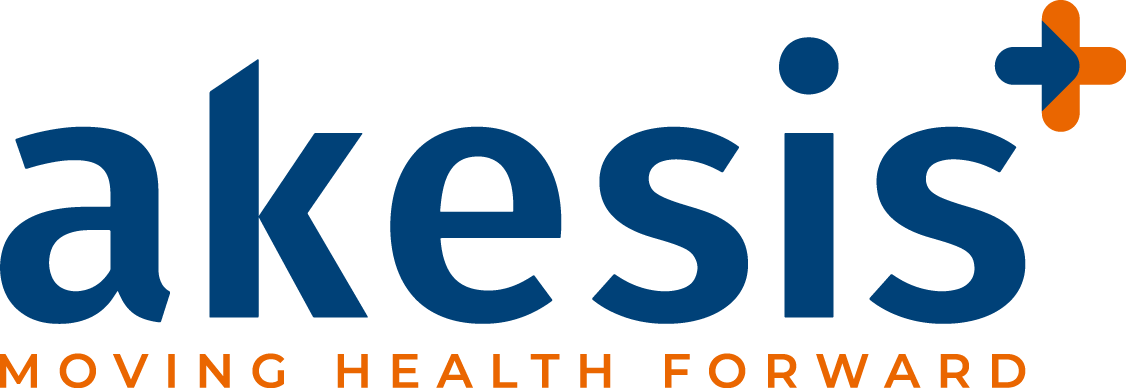Our Experience:
HPV Vaccine Access Program
From Africa to Asia and Latin America, the program helped establish the feasibility of HPV vaccination in LMICs.
2007-2015
Situation
Nearly 85 percent of of cervical cancer cases occur in resource-poor countries. Despite the availability of an HPV vaccine since 2006, access to the vaccine remained limited in developing countries due to cost and logistical barriers. When vaccination is possible, it is often difficult to achieve full protective efficacy due to the requirement of multiple doses and the need to interact with an often difficult-to-reach patient population of adolescent females.
Merk & Co. sought the expertise of Akesis to develop a strategy to build country capacity to increase access to the HPV vaccine in resource-limited settings.
Solution
Launched in 2007, Akesis worked with Ministries of Health and non-governmental organizations to co-design and implement the Gardasil Access Program (GAP).
Akesis coordinated a comprehensive application process which required potential participant organizations to think through the best approach to all key implementation areas – target identification, delivery model selection, sensitization, supply chain management, and monitoring and evaluation. To support sustainability, program participants were responsible for implementing their own projects in conjunction with ongoing technical support from Akesis. This approach created strong ownership of the projects and better prepared participants for eventual national scale-up.
Prevalent issues found across the 25 projects included: importation barriers, lengthy customs clearance procedures that would affect vaccine usability, inadequate cold chain capacity, and limited resources and/or experience for the transportation and distribution of vaccines to various sites. To address these challenges, Akesis provided technical assistance on vaccine handling procedures and worked with institutions to secure import permits and secure customs waivers and exemptions well in advance of shipments to ensure vaccination start dates were not affected by potential delays in securing permits.
Results
Through the GAP, 21 countries gained operational experience in designing and implementing HPV vaccination projects. GAP reached more than 445,000 girls with a mean Vaccine Uptake Ratio (VUR) of 88.7% and 90.8% Vaccine Adherence (VA) between the first and third doses. Several countries went on to implement national programs on their own or to receive support via GAVI, including: Ghana, Kenya, Tanzania, Lesotho, Uganda and Bhutan.
Click here to download our learnings summary from 2015, compiled with Axios International.

